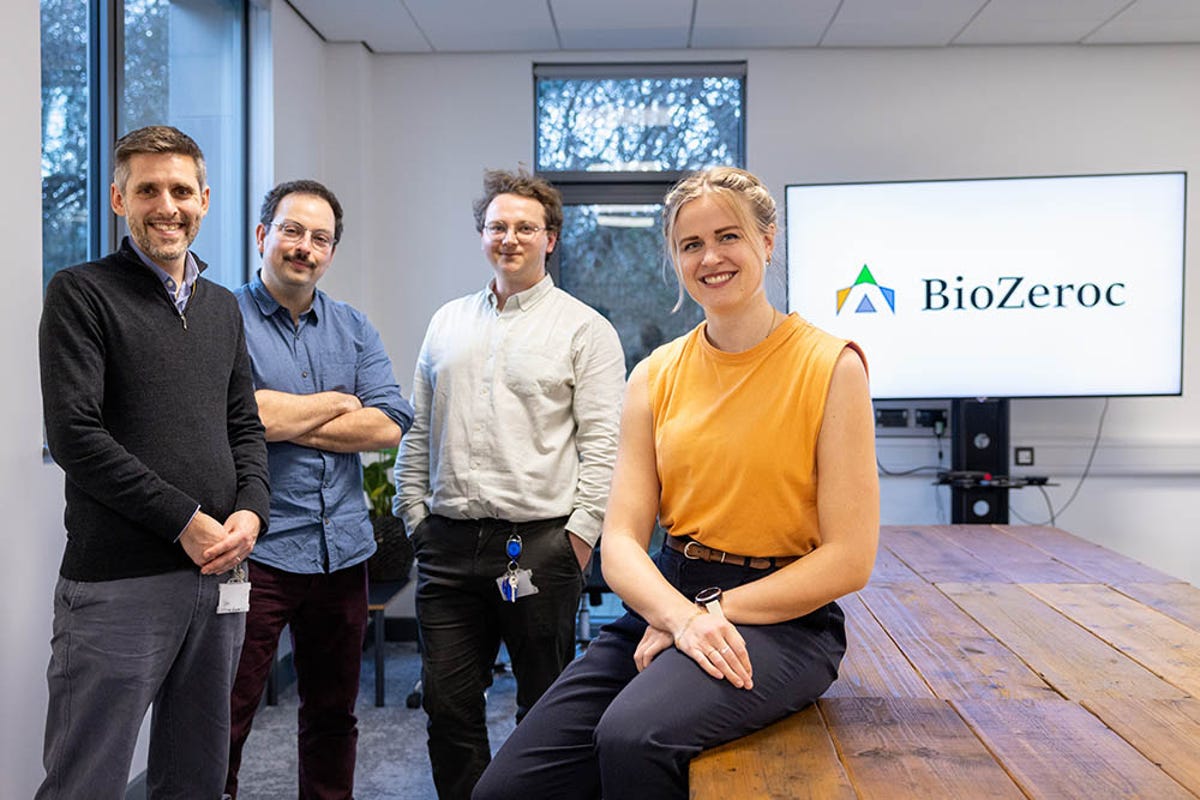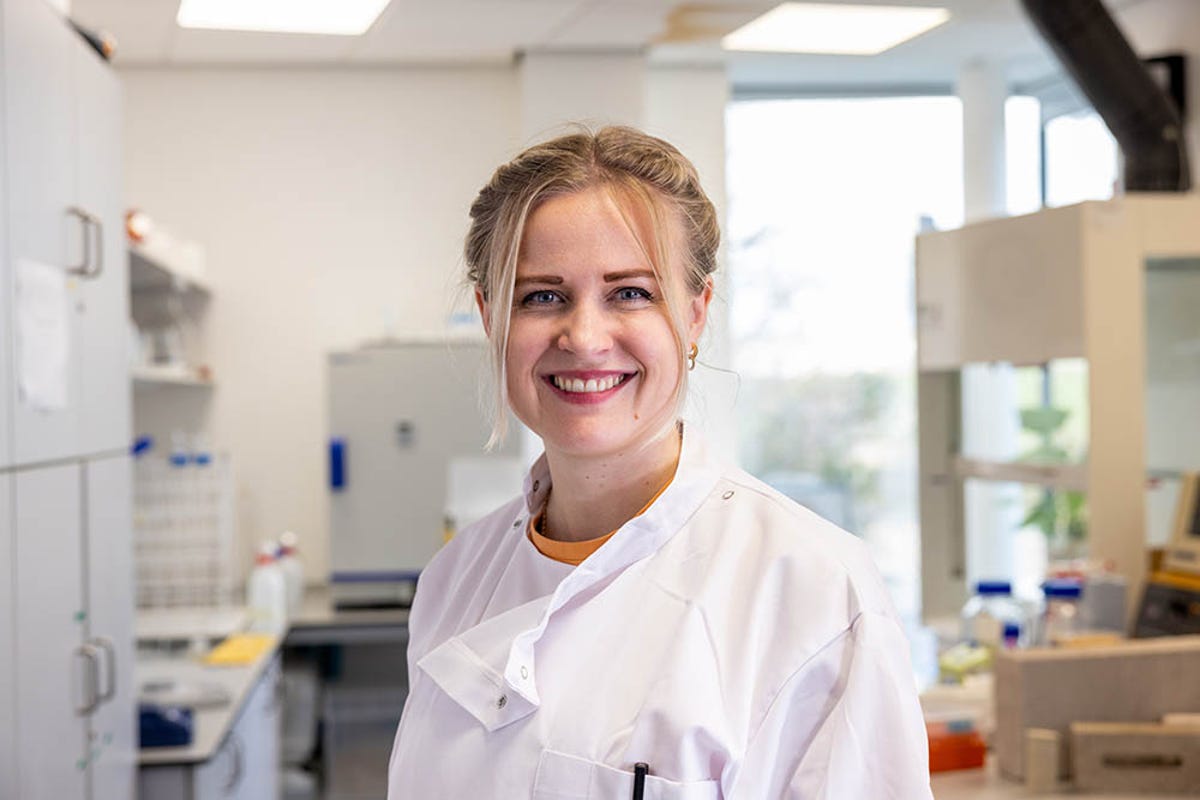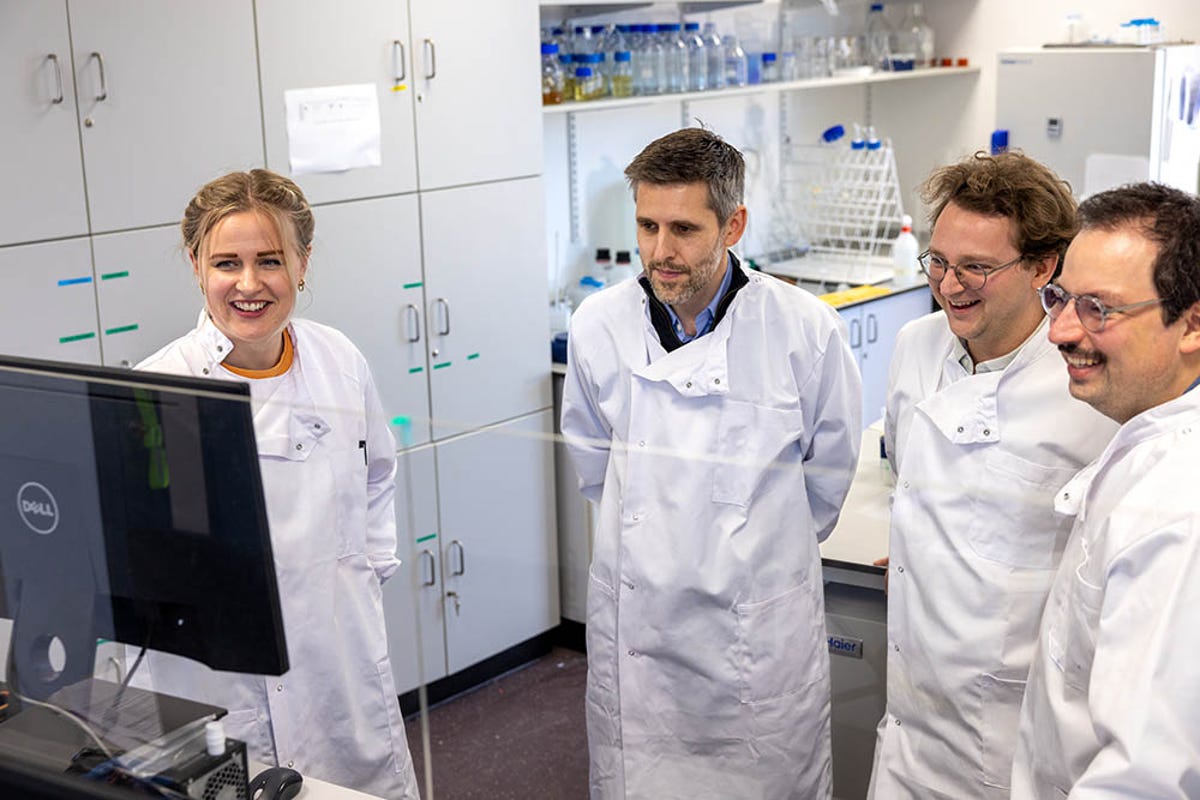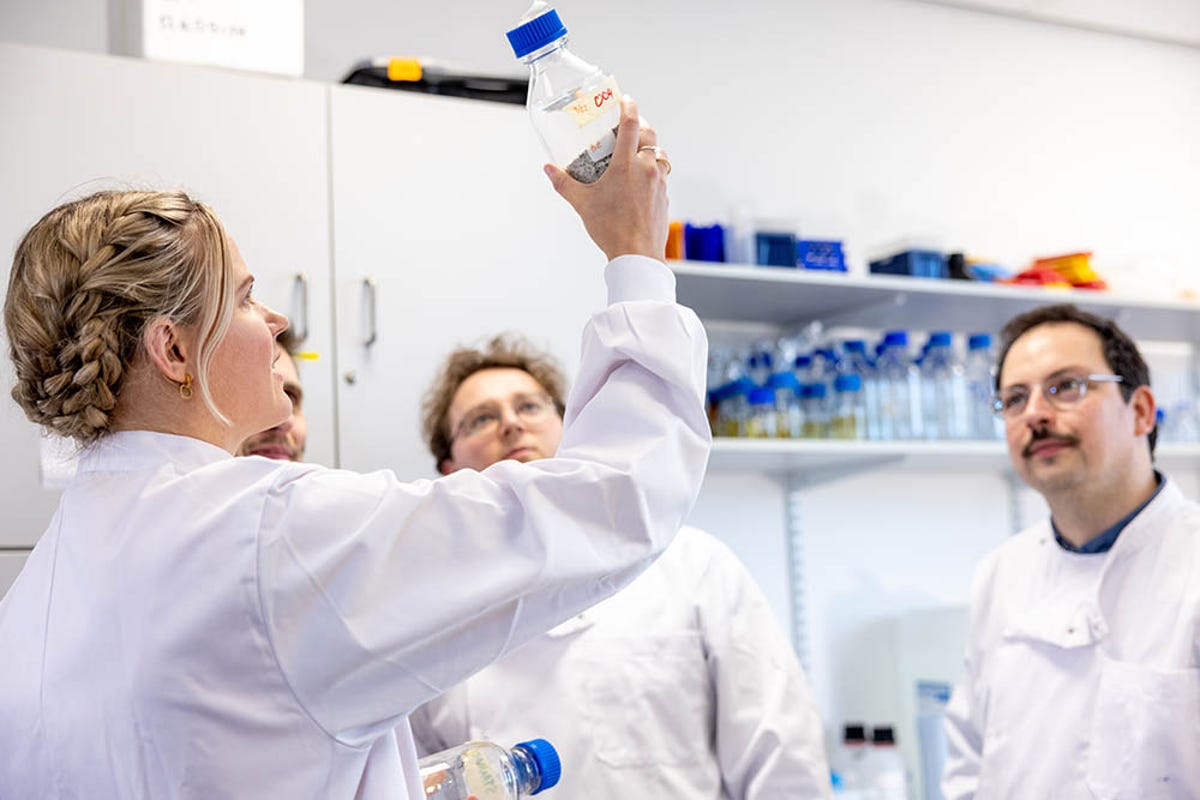Fellow Portrait
Liv Andersson
BioZeroc
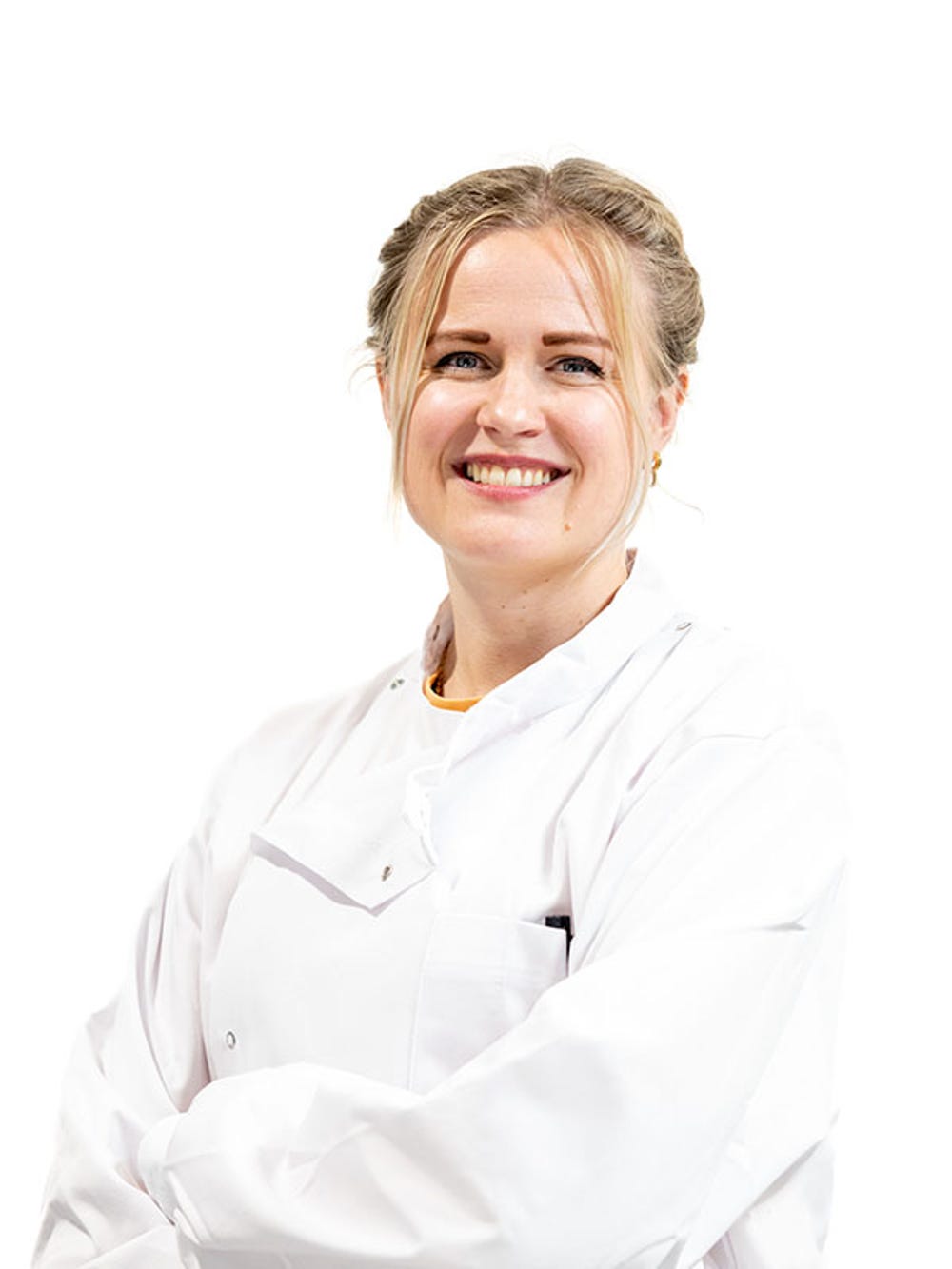
BioZeroc uses biotech and scalable process technology to create the carbon negative construction materials of the future.
Science & Technology Pioneer Award
UNITED KINGDOM
Fellow
2023
Updated March 2023
An essential industry creates an enormous carbon footprint
If you have enjoyed sitting inside a cozy home or office, walking on a sidewalk, or drinking water from a dammed reservoir, you are benefitting from one of the most carbon-intensive industries on Earth: concrete.
Globally, the industry is responsible for eight percent of CO2 emissions—roughly four times more than aviation—and concrete is the most-used material on earth after water. Producing one cubic meter of concrete is about equivalent in carbon emissions to taking a 2,000 km car trip.
Solving a problem of this scale is probably the biggest challenge I've taken on. It’s the biggest problem of our generation. What else should I spend my time doing that would be as meaningful as this?
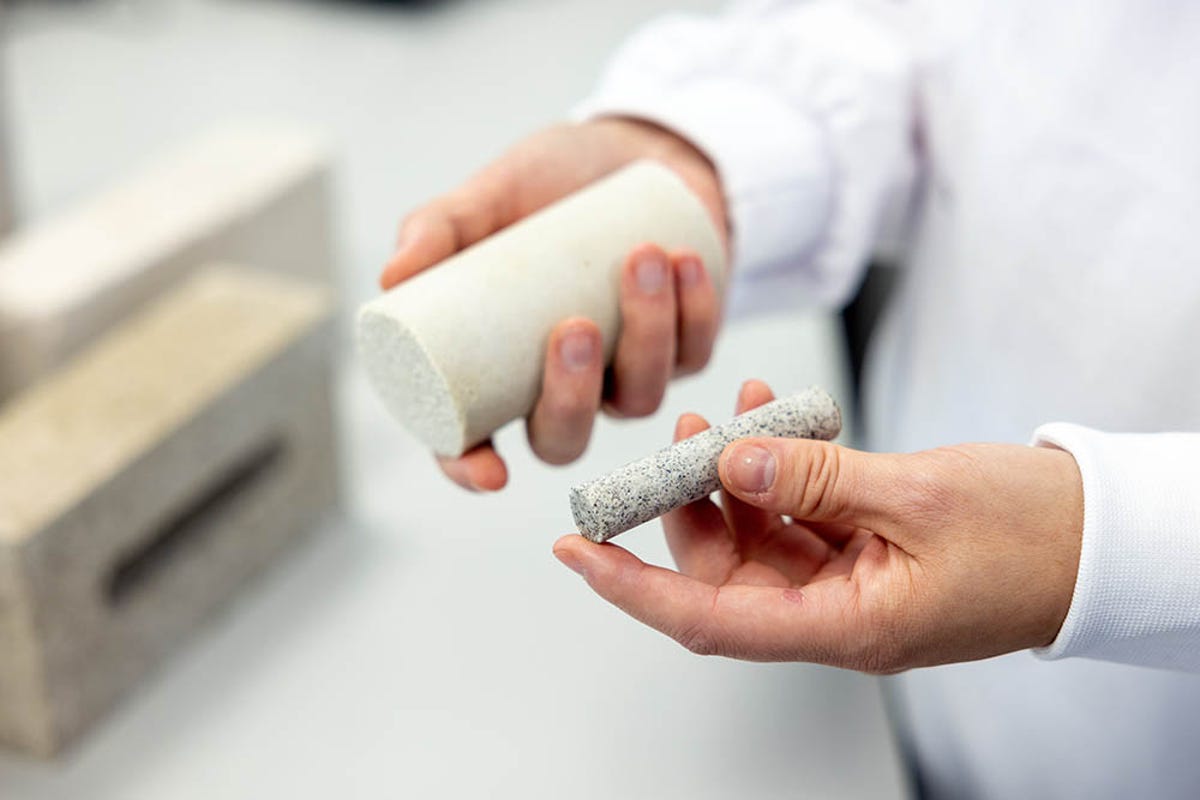
From carbon neutral to carbon negative
Traditional concrete manufacturing involves burning limestone at about 1,500 degrees celsius, often using coal as a fuel, and releasing the CO2 locked in the limestone back into the atmosphere. BioZeroc founder Liv Andersson and her co-founder rediscovered a 20-year-old technology called bioconcrete that until now has been limited to either repairing cracks or to making extremely thin elements such as tiles. Instead of mining and burning, the BioZeroc process creates limestone from sand and aggregate using bacteria. Other low-carbon concretes are limited—in CO2 reduction, supply-chain scalability, or size of the end product. Almost none are carbon neutral or, as BiZeroc plans to be by 2026, carbon negative.
Liv has been interested in the environment since she was a child growing up in northern Sweden. “Climate change was quite apparent even then… the seasons were changing,” she says. Warmer winters were shifting reindeer migration patterns and hindering their food access, triggering tension between indigenous cultures and the larger Swedish population.
After pursuing a master’s degree in industrial ecology, she became a champion of disruption in the built environment, worked in the construction industry, and founded BioZeroc in 2021 with a goal to decarbonize the construction industry.
Liv’s combination of awareness and experience inspired development of BioZeroc’s patented process, which completely changes the way concrete is manufactured and turns it from a climate threat to a positive force. “The diversity of our team helped it come together,” she says. “Our patent relies on insights from the construction industry and on the team's experience. It's collective knowledge that solves the problem.”
We have identified ways to feed the bacteria using organic feedstock from waste products. It’s a fully circular process that also prevents CO2 release that otherwise would happen when the waste decays.
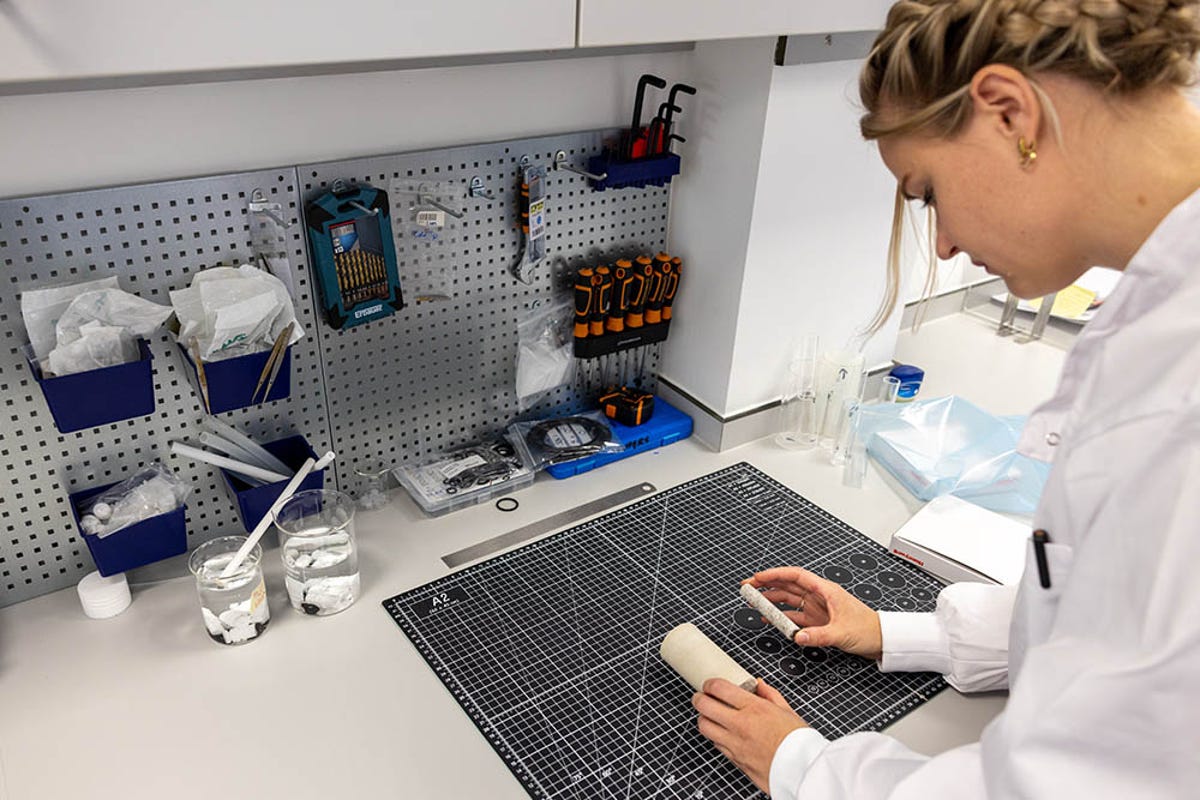
An innovative business steps up to transform a global industry
In the short term, Liv is excited to see the product move from R&D to real-world applications. “By this summer we're going to make our first design installations,” she says. The next step will be amping up manufacturing to test how well the product will scale. “How efficient can we make this? We're aiming for more than a gigaton reduction in carbon emissions annually by 2050.”
Beyond reducing carbon emissions and fundamentally changing the old-school concrete industry, BioZeroc is starting to work with industry partners who want to be pioneers and frontrunners in the sustainability space. Long term, Liv and her team aim to fundamentally change the way we create our built environment, preserving the planet for humans as well as for the reindeer she remembers from childhood.
Concrete production alone is eight percent of global carbon emissions. Our mission is to provide access to carbon-negative construction materials at scale across the globe.
